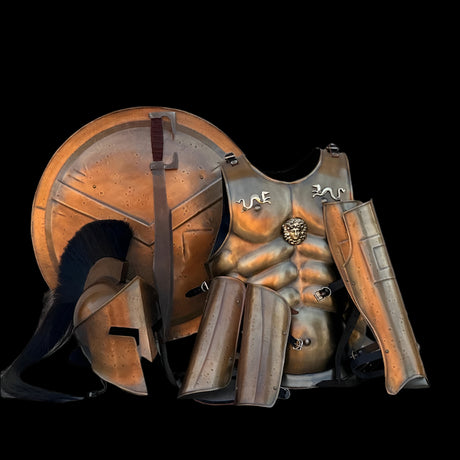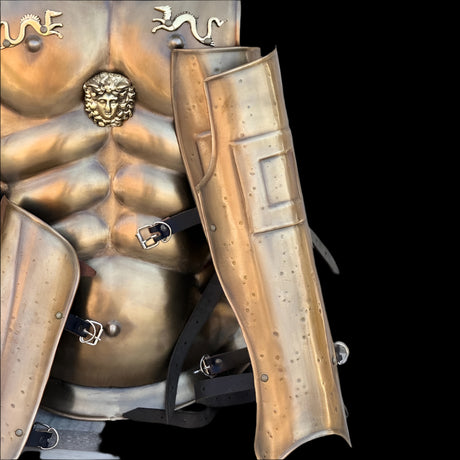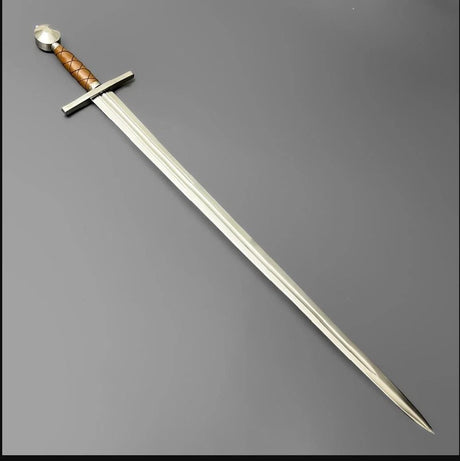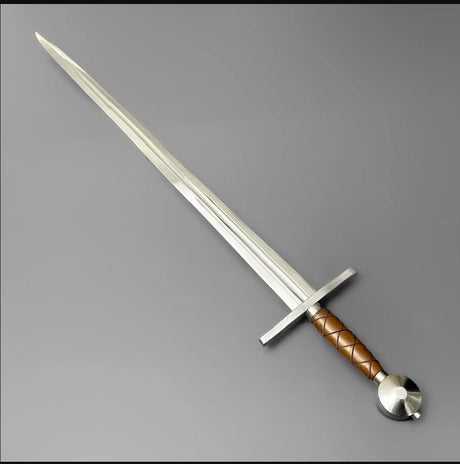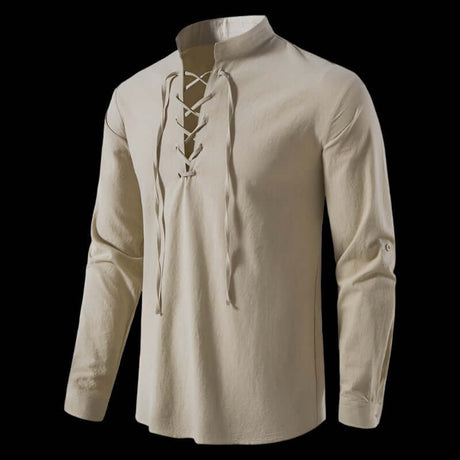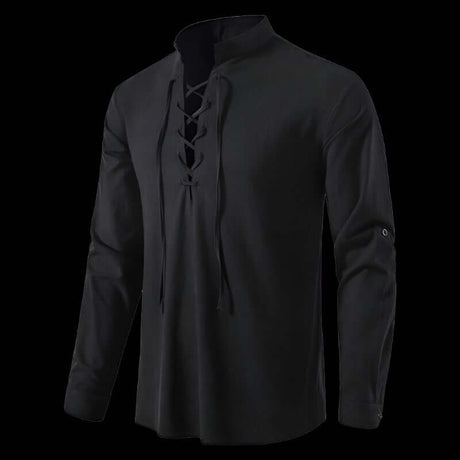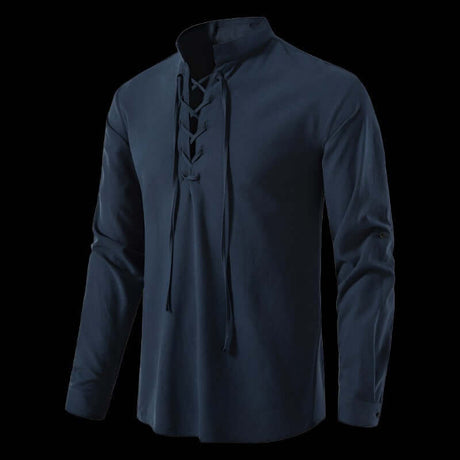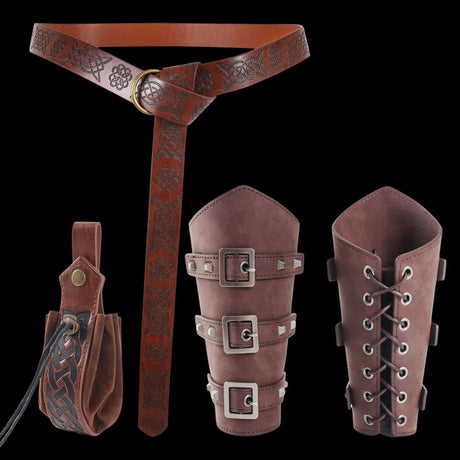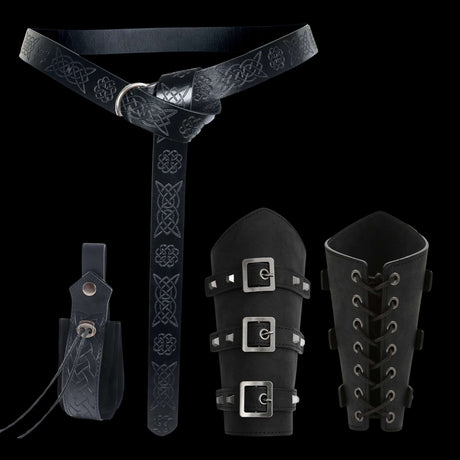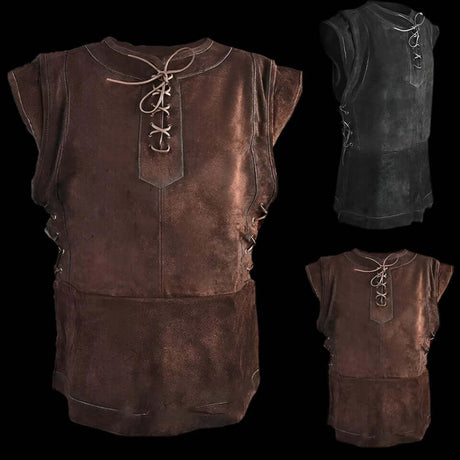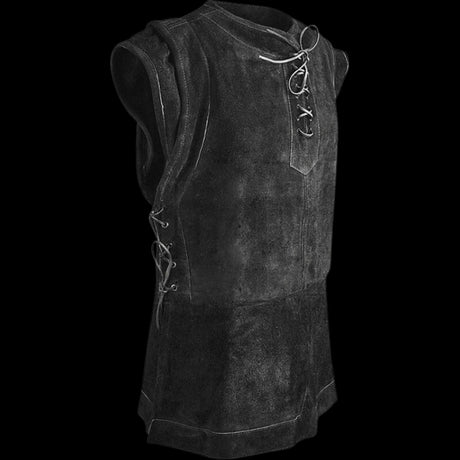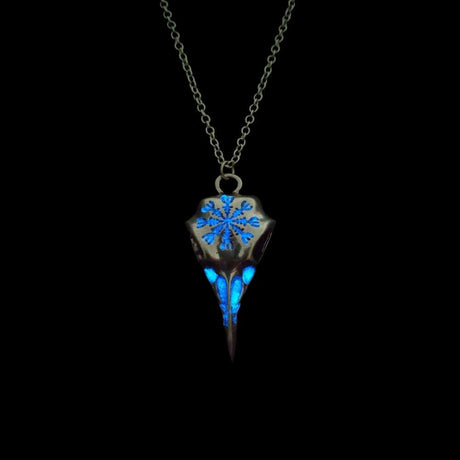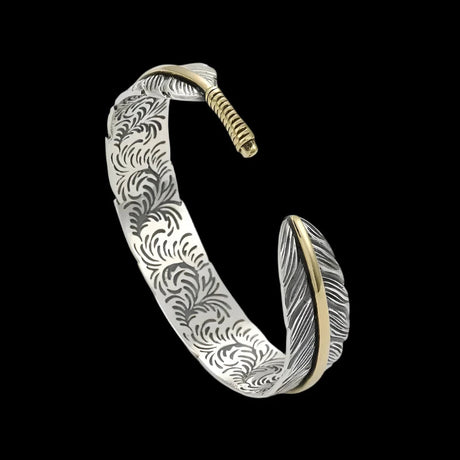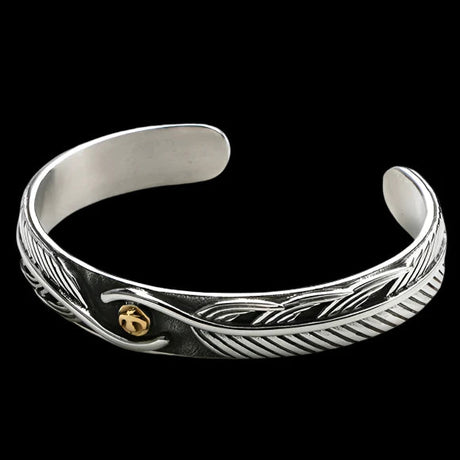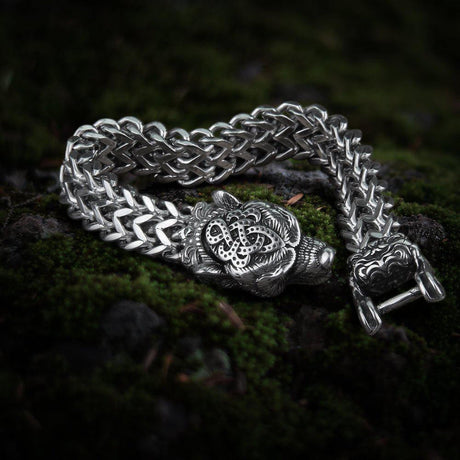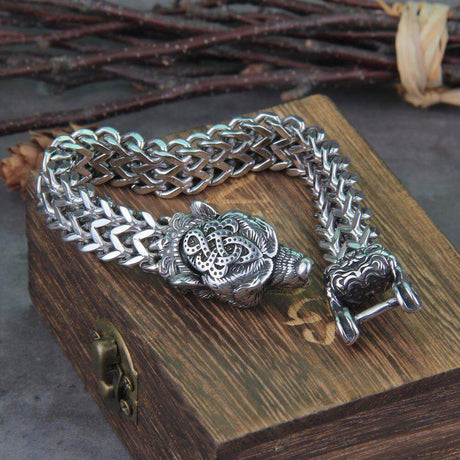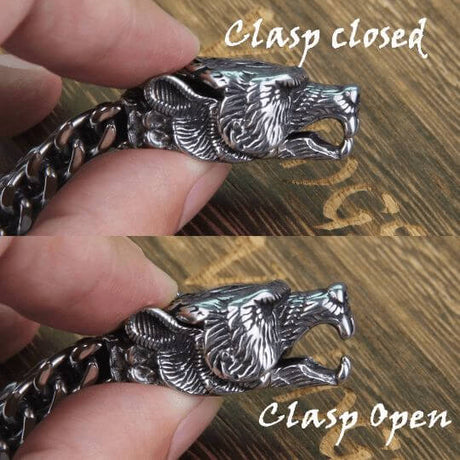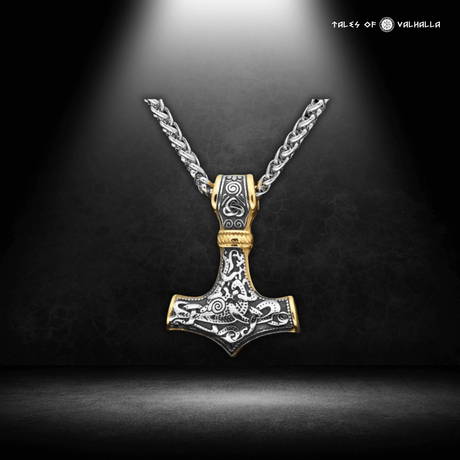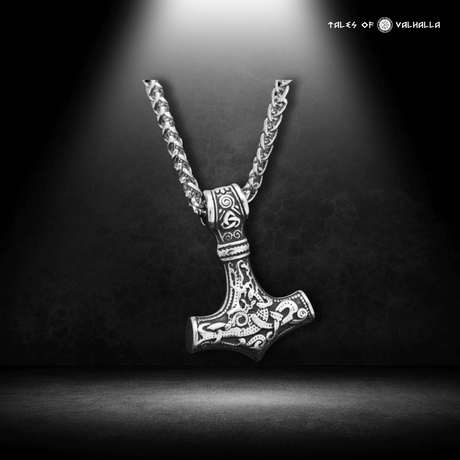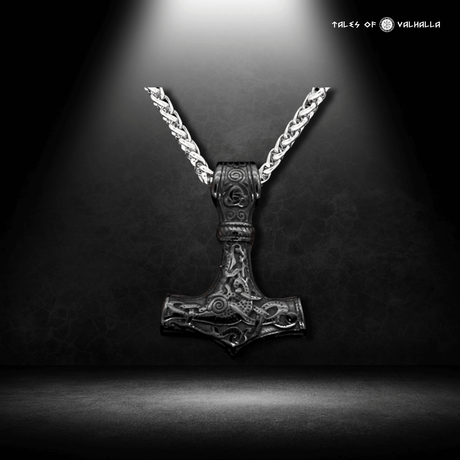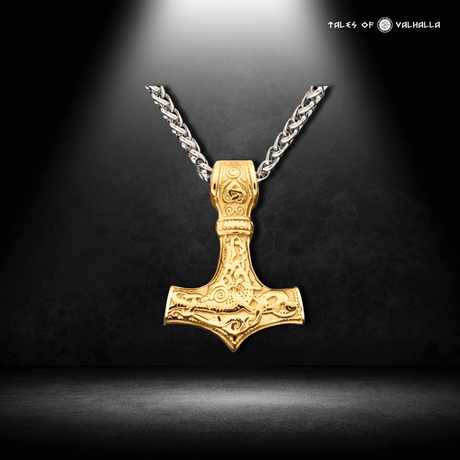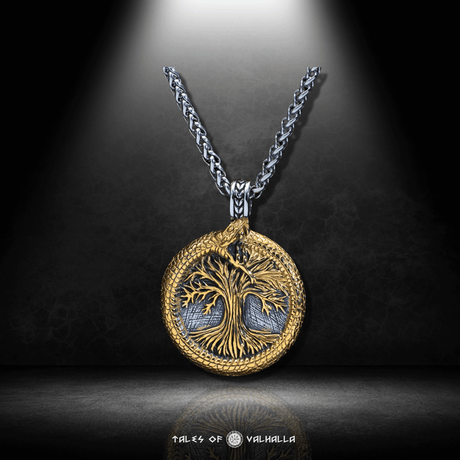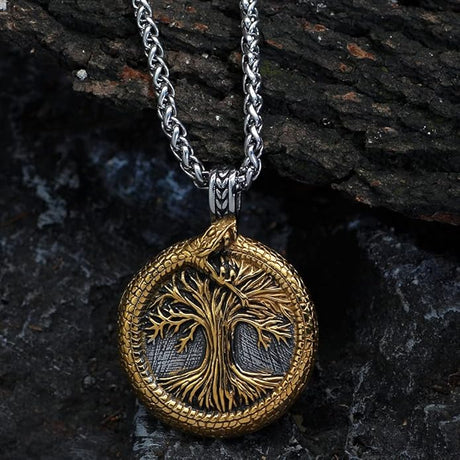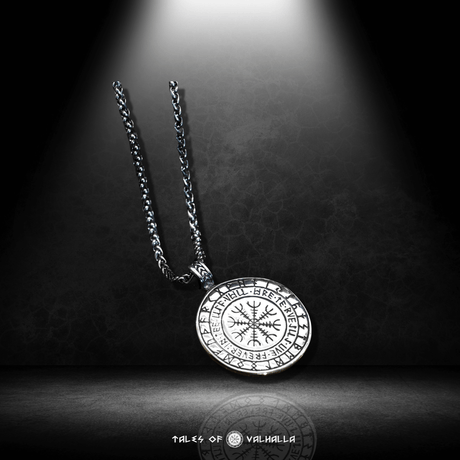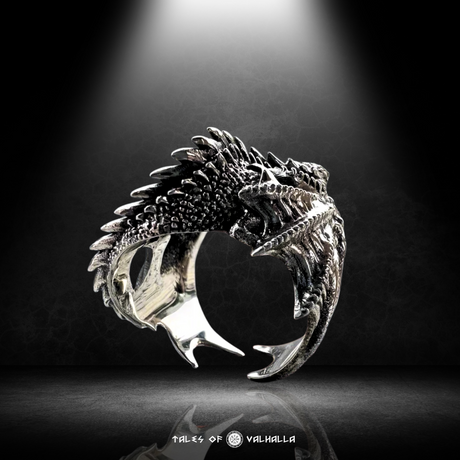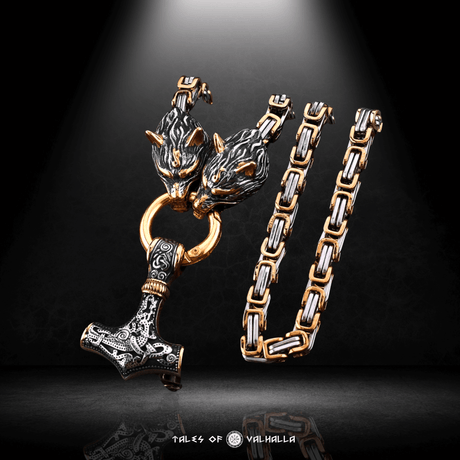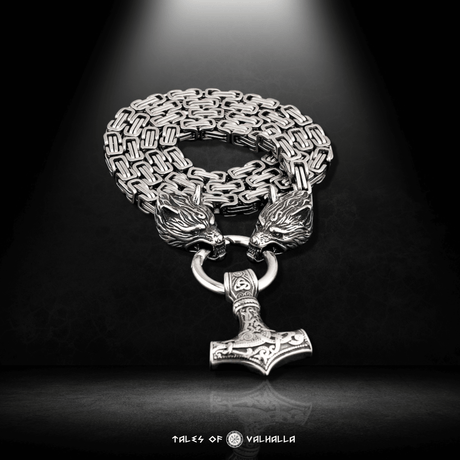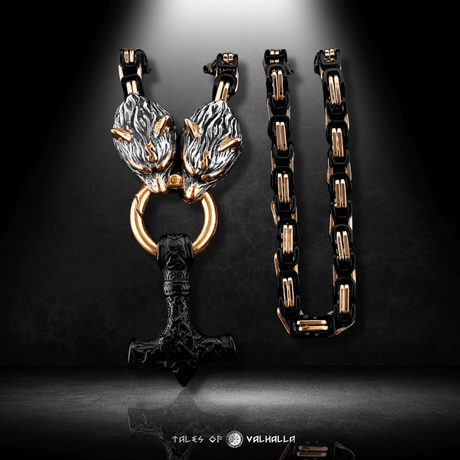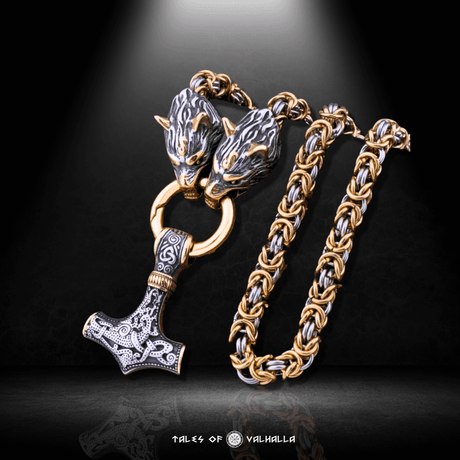The 2022 film The Northman exploded onto screens with the fury of a Viking raid. It was a visceral, mud-and-blood-soaked epic of revenge, steeped in Norse mythology and brutal authenticity. At its heart was the story of Prince Amleth, a man robbed of his father and his kingdom, who vows to "avenge father, save mother, kill uncle." For many in the United States, this was a fresh and powerful new saga. But what if I told you this story is ancient? What if I told you this tale of a vengeful Viking prince is the very bedrock upon which the most famous play in the English language, Shakespeare's Hamlet, was built?
The journey of the Amleth legend is a fascinating detective story, a saga that has been told and retold for nearly a thousand years, transforming with each passing era. To truly understand the character we see in The Northman, we must travel back in time, beyond Shakespeare, to a medieval Danish chronicle where the original Prince Amleth was first written into history. This is the story of the man, the myth, and the enduring power of a timeless tale of revenge.
The Original Source: Saxo Grammaticus and the Gesta Danorum
Our earliest and most complete account of the Amleth legend comes from a single, remarkable source: the Gesta Danorum ("Deeds of the Danes"), a monumental history of Denmark written in the late 12th century.

The Original Source: Saxo Grammaticus and the Gesta Danorum
Who was Saxo Grammaticus?
Saxo Grammaticus ("Saxo the Learned") was a Danish historian and cleric who served the powerful Archbishop Absalon of Lund. His mission was to create a patriotic history for Denmark, a grand narrative that would give the Danish kingdom a past as glorious and ancient as that of Rome. To do this, he wove together historical records, oral traditions, heroic poetry, and ancient legends. It is within this blend of fact and folklore that we find the tale of Amleth.
The Tale of Amleth as Told by Saxo
Saxo's version of the story, found in Books III and IV of his work, is a raw and brutal tale that reflects the pre-Christian, honor-bound world of the Viking Age. The basic plot is familiar, yet strikingly different from what Shakespeare would later write.
-
The Crime: The story begins with two brothers, Orvendil and Fengo, who co-rule Jutland. The brave Orvendil marries Gerutha, the beautiful daughter of the King of Denmark, and they have a son, Amleth. Consumed by jealousy, Fengo murders his own brother, Orvendil, and immediately marries his widow, Gerutha.
-
The Ruse of Madness: The young Prince Amleth, fearing his murderous uncle will see him as a threat to the throne, decides on a cunning course of action: he will feign madness to appear harmless. He covers himself in filth, speaks in riddles, and acts like a witless fool.
-
The Cunning Fool: Unlike Shakespeare's Hamlet, whose madness is ambiguous, Amleth's madness is a deliberate and brilliant performance. His actions, while seemingly foolish, are filled with hidden barbs and clever double meanings that hint at his true purpose. He carves small wooden hooks, and when asked what they are for, he replies, "To avenge my father." The court dismisses this as the ramblings of an idiot.
-
The Tests: Fengo, ever suspicious, sets several traps to test if Amleth's madness is genuine. He tries to tempt him with a beautiful woman (a precursor to Ophelia) and sets up a spy to eavesdrop on a conversation between Amleth and his mother (a precursor to Polonius). Amleth cleverly outwits them all, killing the spy hidden in the straw, feeding his body to the pigs, and delivering a powerful rebuke to his mother for her hasty marriage to his father's killer.
-
The Journey to England: Fengo, still wary, sends Amleth to England, accompanied by two retainers. These retainers carry a secret wooden tablet with a runic message instructing the King of Britain to execute Amleth. During the voyage, Amleth discovers the tablet and secretly alters the runes, changing the message to order the execution of the two retainers and to request that the King of Britain give his own daughter's hand in marriage to Amleth.
-
Triumphant Return and Fiery Revenge: After a year in England, where he marries the princess, Amleth returns to Denmark. He arrives in the middle of his own funeral feast, as the court had presumed him dead. Plying the nobles with drink until they are in a drunken stupor, Amleth springs his trap. He uses the very wooden hooks he had been carving to pin the tapestries in the hall to the floor, trapping the drunken courtiers. He then sets the hall on fire, burning them all alive. Finally, he confronts Fengo in his chambers and runs him through with his sword, at last achieving his long-sought revenge.
This is the original story of Amleth: a tale of brutal action, cunning strategy, and a hero who uses the mask of madness to achieve a bloody and decisive vengeance.
The Character of the Original Amleth: Cunning and Brutal, Not Indecisive
The figure of Amleth in Saxo's telling is a world away from the melancholy Prince of Denmark we know from Shakespeare. Understanding this original character is key to appreciating the story's Viking roots.
A Man of Action
Saxo's Amleth is anything but indecisive. From the moment of his father's murder, his entire life is a calculated, patient, and single-minded pursuit of revenge. His feigned madness is not a source of internal conflict but his greatest weapon. Every seemingly witless act is a step in his master plan. This proactive and strategic nature is central to the original Amleth legend.
A Pre-Christian Hero
The world Amleth inhabits is a pre-Christian one, governed by the Viking Age ethos of the blood feud.
-
Honor and Vengeance: In this world, the murder of a kinsman demanded vengeance. It was a matter of personal and family honor. Amleth's quest is not questioned on moral grounds; it is seen as a righteous and necessary duty.
-
Lack of Existential Doubt: He is not plagued by questions of morality, the afterlife, or the meaning of existence. His purpose is clear and earthly: to kill the man who murdered his father and usurped his throne. The complex philosophy of Shakespeare's hero is entirely absent from the saga of Amleth.
Story Vignette 1: The Clever Fool Imagine the court of Fengo, filled with feasting nobles who laugh at the strange boy in the corner. It is Amleth, covered in grime, whittling small pieces of wood into sharp, curved hooks. A courtier approaches him mockingly, "What are you making, my lord?" Amleth looks up, his eyes holding a flicker of something far from madness. "I am sharpening javelins," he says, his voice a dull monotone, "to avenge my father." The courtier laughs and turns away, dismissing the words as the babble of a fool. But Amleth continues his work, a grim smile playing on his lips. His words were the absolute truth, hidden in plain sight. His madness was his shield, and his cunning was his sword.
The Great Transformation: From Amleth to Shakespeare's Hamlet
How did this brutal Danish saga of Amleth become the world's most famous psychological drama? The story's journey through time is as remarkable as the tale itself.
The Journey of a Story
Saxo's Gesta Danorum was first printed in 1514. The story of Amleth was later adapted in French by François de Belleforest in 1570. It is likely that an English translation of this version, or perhaps a now-lost play based on it (known to scholars as the Ur-Hamlet), served as the direct source material for William Shakespeare around 1600.
A New Era, A New Hero
Shakespeare took the raw, action-oriented plot of the Amleth legend and completely reimagined it for a new era. The Renaissance was a time of humanism, introspection, and questioning. Shakespeare transformed the hero to reflect the anxieties of his own time.
-
From Action to Introspection: The focus shifts from Amleth's external quest for revenge to Hamlet's internal struggle with grief, morality, and existential doubt.
-
From Feigned to Real Madness?: Hamlet's madness is ambiguous. Is it an "antic disposition" he puts on, or is he genuinely driven to the brink of insanity by his grief and the ghost's revelation? This ambiguity is the heart of the play.
-
A Christianized World: Hamlet's world is a Christian one. He worries about damnation, the morality of revenge, and the fate of his soul, questions that would have been alien to the pagan Prince Amleth.
Story Vignette 2: The Birth of a New Prince Imagine William Shakespeare in a noisy London tavern, reading a translated version of the Amleth tale. The plot is thrilling—a murdered king, a usurping uncle, a vengeful son. But Shakespeare is less interested in the fiery climax. His focus is drawn to the boy pretending to be mad. What must that feel like? What thoughts must race through the mind of a prince forced to act the fool while his heart is consumed by grief and rage? The seed of an idea is planted. The question for him is not how to get revenge, but whether he should. In that moment, the brutal saga of Amleth begins its transformation into the philosophical tragedy of Hamlet.
Returning to the Source: The Northman and the Revival of Amleth
For centuries, Shakespeare's Hamlet completely overshadowed his ancient predecessor. Then, in 2022, director Robert Eggers released The Northman, a film that deliberately bypassed Shakespeare and returned to the brutal, pagan roots of the original legend of Amleth.

Returning to the Source: The Northman and the Revival of Amleth
-
A Commitment to Authenticity: Eggers, known for his meticulous historical research, sought to create the most accurate Viking film ever made. He worked closely with historians and archaeologists to reconstruct the world of the original Amleth.
-
The Visceral Experience: The Northman brings the world of Saxo's story to life. It is a world of ritual, shamanism, and a belief in fate. The film's Amleth is not an introspective prince; he is a force of nature, a berserker-like figure driven by a singular, burning desire for vengeance.
-
A Modern Saga: The film successfully reclaims the "Viking" identity of the story, reminding audiences of the raw and powerful legend that existed long before Shakespeare put quill to parchment. It re-introduced the world to the original Amleth.
A Tale of Three Princes: A Comparative Look
The evolution of Amleth is a study in how a single story can be transformed by different cultures and eras.
The Historical Question: Was Amleth a Real Person?
With such a powerful and enduring story, it's natural to ask if the original Amleth was a real historical figure.
-
The Verdict: Almost Certainly a Legendary Figure: There is no independent historical evidence—no contemporary chronicle, no runestone, no archaeological find—to confirm the existence of a real 9th or 10th-century Danish prince named Amleth.
-
An Archetypal Story: The tale of Amleth belongs to a common folkloric archetype: the "clever fool" who feigns madness to survive and ultimately triumphs, or the avenging son who reclaims his stolen birthright. Similar stories can be found in other cultures, including ancient Rome and beyond.
-
Potential Icelandic or Irish Roots: Some scholars have suggested that the name "Amleth" is not originally Danish but may be connected to an old Irish name, and that the core of the story could have originated in Icelandic or Irish oral traditions before being recorded by Saxo.
While the man Amleth was likely a legend, the world he inhabited—a world of blood feuds, honor culture, and Viking Age politics—was very real.
Conclusion
The story of Prince Amleth is one of the most remarkable tales of literary evolution. It began as a brutal and cunning tale of revenge, a reflection of the pre-Christian values of the Viking Age. It was then transformed by the genius of Shakespeare into the most profound psychological drama in the English language. And now, it has been reborn on screen, returning to its raw, visceral, and mythological roots in The Northman.
The original legend of Amleth is a powerful reminder of the rich literary and cultural world of the Vikings, a world that produced stories so compelling they have resonated for a thousand years. Whether you know him as the clever fool of Saxo, the melancholy prince of Shakespeare, or the avenging berserker of modern cinema, the character of Amleth remains a timeless figure. His saga, in all its forms, explores the enduring human themes of justice, betrayal, fate, and the all-consuming fire of revenge.


















